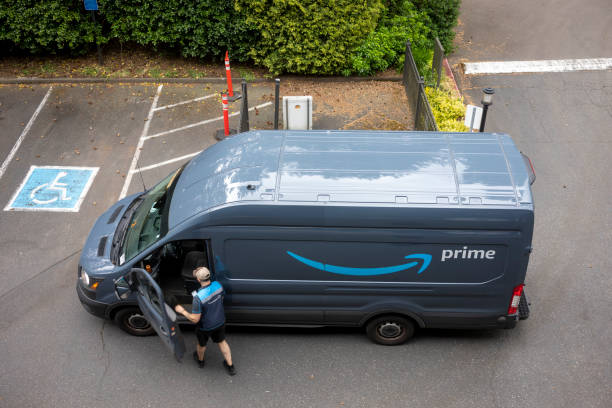Early numbers show that Amazon’s two-day Prime Day extravaganza was a record-setting success. But what does that mean for the rest of retail as it struggles through economic challenges?
According to Adobe Analytics data, customers spent $6.4 billion on the first day of Prime Day—nearly 6% more than last year. That single day represents the biggest e-commerce day so far in 2023.
Will Prime Day Boost Retail Spending?
Aside from overall records, Prime Day also brought significant increases to recent spending on appliances, toys, and apparel. That boost could be good news, especially as consumer spending has declined in recent months and consumers remain cautious.
Research from McKinsey showed that for the first time in two years, spending in June 2023 declined across the board. For the first time since the pandemic, changes in year-over-year spending were negative for all ages and income groups—meaning all consumers, regardless of demographic, have been spending less recently.
But Prime Day could be the ship that turns things around. According to McKinsey researchers, “Even as spending is trending downward and consumers remain cautious, the country has so far avoided a recession.” Consumer confidence scores increased significantly in June, showing that people are starting to have more positive views on the economic outlook. And that confidence, paired with big savings, could lead them to spend more.
Prime Day Shows Changing E-Commerce Trends
But even as consumers may be opening their wallets, there’s no denying that retail shoppers in 2023 are different than they’ve been in the past. Years of uncertainty and stress have changed what matters to consumers, how they want to shop, and where they’re willing to spend their money.
Those changing trends were on full display on Prime Day, most notably in the significant increase in Buy Now Pay Later orders, which accounted for 6.4% of online orders or $461 million, a 19.5% jump from Prime Day 2022.
The growth of BNPL orders shows that customers want flexibility in their shopping and potentially undermines growth outlooks as it delays when payment is required for sale items.
Shoppers in 2023 are still relatively careful with their money and want to look for deals and bargains. One survey found that 90% of consumers are more interested than ever in getting discounts, something retailers like Amazon and others need to consider in their customer experience strategies.
Another trend that will impact the rest of 2023 retail is the growth of mobile shopping. Smartphones drove 43.7% of online sales during Prime Day, up from 42.7% in 2022. The small but steady growth shows that consumers are more comfortable shopping on their mobile devices—a trend that isn’t going away soon. To make the most of changing preferences, online retailers have to optimize the mobile experience for seamless shopping from any device.
Prime Day may have brought in big numbers in 2023, but it won’t magically save retail. Understanding what matters to customers and how they want to shop will help all retailers deliver relevant and effective experiences all year long.
_________________
Blake Morgan is a customer experience futurist and the bestselling author of The Customer of the Future. For regular updates on customer experience, sign up for her weekly newsletter here.

